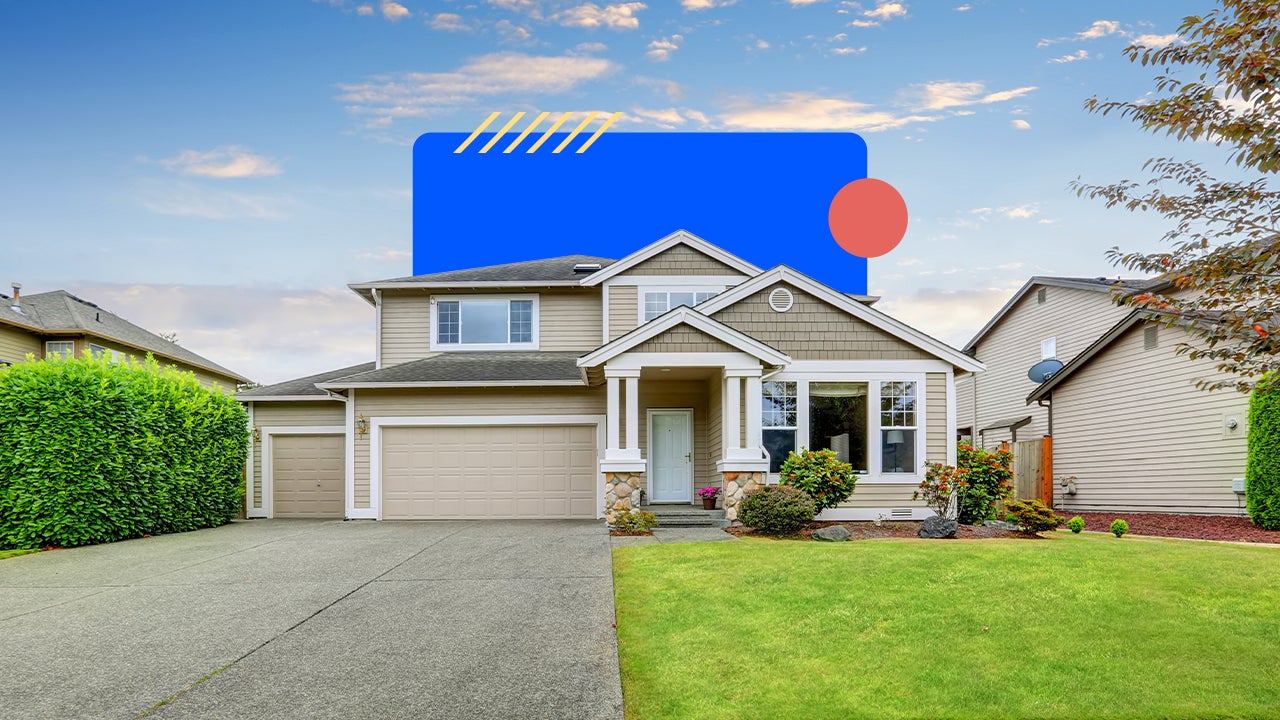How to avoid mortgage rate lock extension fees

Our writers and editors used an in-house natural language generation platform to assist with portions of this article, allowing them to focus on adding information that is uniquely helpful. The article was reviewed, fact-checked and edited by our editorial staff prior to publication.
Key takeaways
- A mortgage rate lock extension fee is a charge borrowers pay to retain the interest rate they were initially quoted after a specific lock period expires.
- A lock extension fee can cost a few hundred or thousand of dollars, depending on the lender's policy, the reason for the extension and other factors.
- To avoid paying an extension fee, keep on top of your mortgage application and communicate regularly with your lender.
What are mortgage rate lock extension fees?
A mortgage rate lock extension fee is an upfront cost you’ll pay to extend the interest rate lock period on your mortgage. A rate lock guarantees the lender will honor your quoted rate for a specific time. The initial rate lock on a 30-year mortgage typically lasts 30 or 45 days, though some lenders allow up to 60 days.
If you were to get a loan estimate for a $400,000 mortgage at 6.8 percent, for example, the lender might allow you to lock in that mortgage rate for up to 30 days. As long as the transaction closes during the rate lock period, you’ll get that promised rate. If your loan doesn’t close by the end of that window, your lender might charge you an extension fee to keep that lower rate while you finalize the deal.
The extension fee often only applies if you were responsible for the closing delay. If the lender caused the delay, most won’t charge an extension fee. A rate lock safeguards against rate increases as you complete the home-purchase or mortgage-refinance process. If rates decreased, however, since you locked in, the lender might charge you a similar fee to relock to a lower rate.
How much are rate lock extension fees?
Generally, a rate lock extension fee runs anywhere from 0.25 percent to 1 percent of your loan principal. It might be charged as a flat fee instead of a percentage. Guild Mortgage, for example, charges $1,500 for a 120-day lock, while AmeriSave Mortgage charges $500 for a 90-day lock.
Some lenders base the cost on the reason for the extension. Better, for instance, charges 50 percent of the extension fee to the borrower if the closing delay was caused by a third party, like the appraiser or settlement company. It’ll charge you the full fee if you alone caused the delay.
Keep in mind: The extension fee applies in cases of late closings or longer-than-typical rate locks. For an initial rate lock — often 30 to 45 days — many lenders don’t charge a fee. Instead, the cost is baked into your rate or mortgage points, another upfront cost.
How to avoid mortgage rate lock extension fees
While lender or third-party delays are out of your control, you can take steps to ensure your loan stays on track and closes within the first-rate lock window:
- Understand your lender’s rate lock policy: Find out how your lender handles rate locks and extension fees. Ask about the cost, timelines and, ideally, a copy of the fine print.
- Try to time the closing right: You might not know exactly when you’ll have a signed home purchase agreement, but you can give yourself enough time to shop for homes and make offers. When determining your closing date and when to lock, consider how fast homes are moving in your market. Also, consider whether you’re on a deadline (such as relocating for work) and general mortgage rate trends. If your offer has been accepted, consider the seller’s timeline, too.
- Hang on to your preapproval paperwork: Don’t wait until the last minute to request copies of account statements from your bank. Keep all the documents you submitted to get preapproved on hand so you can respond quickly to your loan officer if they need more information.
- Stay in contact with your loan officer: While it’s normal for there to be quiet periods during the mortgage underwriting process, check in with your loan officer at times to ensure everything’s on track. A good lender should keep you informed of loan status updates.
- Negotiate if needed: If the seller is causing a delay—say they need more time to find another place—ask them to cover the rate lock extension fee.
FAQ on rate lock extension fees
-
Mortgage rate lock extensions prevent your lender from raising your prospective interest rate as you secure a loan and close on the home. Keep in mind that if rates are on the decline, though, you may not be able to take advantage of a rate drop unless your rate lock extension includes a “float-down” option.
-
Many lenders offer initial rate locks for 30, 45 or 60 days. Some allow up to 90 or 120 days. If you’re building a new home, you might be able to lock your rate for up to a year or longer.
-
It depends on your mortgage lender. Many do impose a non-refundable extension fee.







